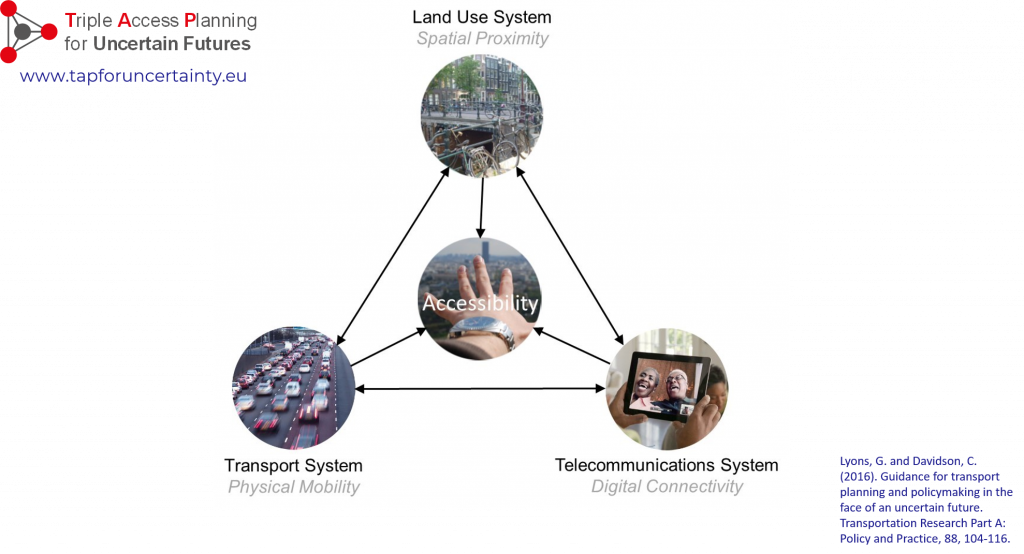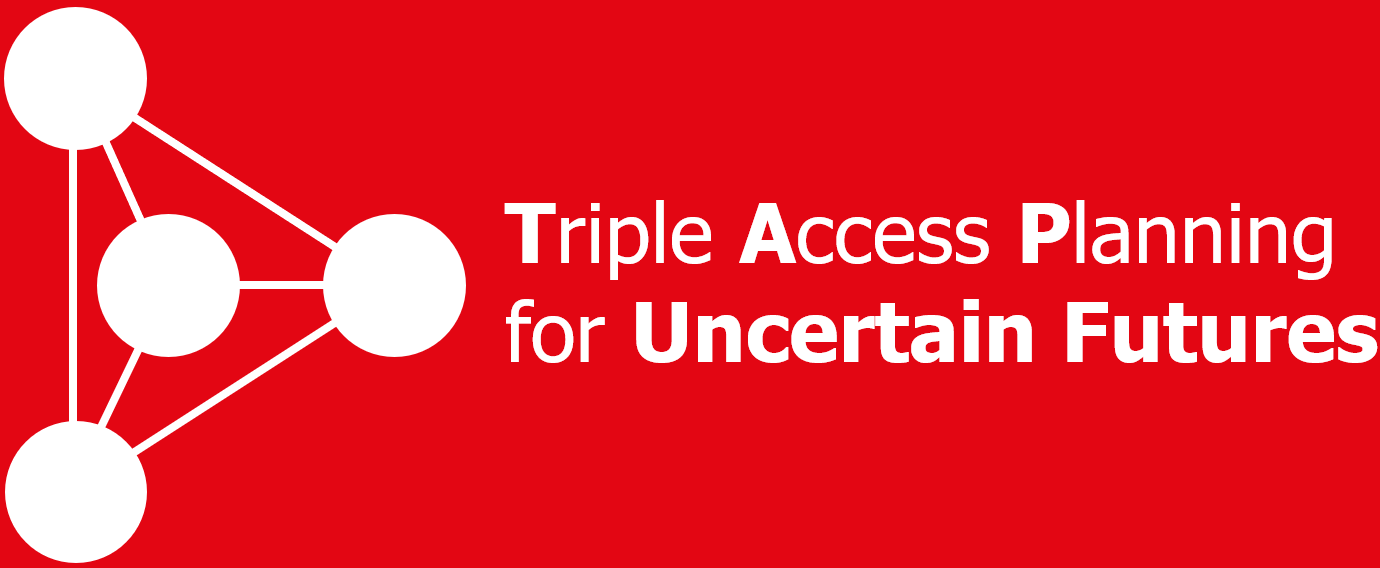When I started my career in transport one of the areas I had to learn about first was basic economics.
When I started working for the government, I then started to learn about politics.
I saw lots of politicians studied PPE – Philosophy, Politics and Economics, so I decided I should learn a bit about Philosophy.
I did a short online course and discovered that philosophy was simply thinking about how we think about something. The start of the title of tonight’s event could easily have been Transport Philosophy and Prioritisation of Transport Infrastructure Investment.
The course also taught me that philosophy is something that you have to actively do. You need to postulate, debate, discuss and argue and that’s what I’m here to do tonight and so to be clear, what I’m going to say are generally my personal musings and thoughts on this topic and may not reflect the views of Transport Scotland or the Scottish Government.
Philosophically, it occurred to me that the transport sector is founded on a paradox.
I think that travel is a good thing. It has broadened my mind. I have seen many wondrous sights on 5 different continents. I enjoy going new places and getting out and about.
But I have spent a most of my career working on the assumption that travel is a bad thing. It is a disutility. Indeed, many of our business cases are founded on travel time savings.
And it gets even more complex for us. Fundamentally, as an industry we have been very good at getting people to travel further and that’s been accepted as good. Compared to 50 years ago we now travel on average over 50% further a day – 19 miles rather than 12 without taking any more time to do that.
We’ve built more homes, enabled services to consolidate and become more efficient.
However, the faster we travel, the more energy we use and even worse it’s a squared relationship. Kinetic energy = ½ mass x velocity squared.
It’s very bad when we get that energy from fossil fuels, but even if we go all electric, that’s a lot of energy to generate.
So, looking to the future, is our job to help people to travel more or travel less? I’ve asked this question of a few transport planners and it tends to leave them with a very quizzical look on their face.
As an aside, I don’t believe other sectors suffer this paradox. The Health sector has a clear objective to make people healthier. The education sector to make people better educated. Employment sector to get people employed, etc. I don’t think it’s a coincidence that rocket science is part of the transport sector.
But back to philosophy, when faced with a paradox like this it’s a great opportunity to think about how we think about transport. I think the solution lies in being more holistic. Travel is generally a disutility but I’m not a masochist; I don’t travel for the sake of travelling. I travel because I get a greater utility from whatever it is that the travel is giving me access to. I’ve travelled over 450 miles to be here today – that’s a lot of disutility, but I did it on the expectation of the utility that I’ll get from listening to my fellow panellists and hopefully from the feedback I get from you, the audience.
However, we don’t just get access from travelling. Whilst I’ve travelled a long way to be here tonight, some of you might be lucky enough to work close by and were able to walk or cycle here and of course this event is taking place on line.
Together these three ways of access were, to my mind, beautifully wrapped up in this diagram in Glenn Lyons and Cody Davidson’s 2016 paper.

We achieve access to services and goods through either physical motorised mobility, spatial proximity enabling active travel or digital connectivity.
You might say this is not a particularly new concept and I would concur. We’ve been talking about the need for better integration of spatial and transport planning for over 50 years. Just yesterday the ICE had a webinar that was linked to COP26 titled Planning for Transport and Connectivity. The image that accompanied it was of high density neighbourhoods with vertical green space, horizontal blue space and the mobility was all walking and cycling – not a motor vehicle in sight and the information about the event was the now familiar concept of the 10, 15, or 20 minute neighbourhood.
I’d now like to bring in the second part of the event’s title – prioritisation of transport infrastructure investment.
Probably since the Romans started building roads, more transport infrastructure has generally been a good thing. Build it and they will come. It’s actually been quite hard to fail in transport because we’ve not really had any competition.
But I put it to you that world is now history. Not only does transport have serious competition for delivering access, the need to rapidly transition to a net-zero sustainable world means we have to travel less.
I see spatial planners all over the world now talking about the 10, 15 or 20 minute neighbourhoods. I recently moved home and when looking at flats to rent, superfast broadband was a non-negotiable need. I would even go so far as to say that for my son’s generation they would probably put digital access alongside food, water, clothing and shelter as a basic physiological need.
In summary, the transport sector now has some serious competition and we ignore it at our peril IF we continue to think about transport in the same way that we’ve done for so long now.
So what can we do about this? Fortunately there’s a system I know of for dealing with problems, it’s called Appraisal.
Appraisal starts with Problems and or Opportunities.
I think we have a problem that if we continue to think about transport appraisal in isolation then we are at risk of investing in both the wrong transport infrastructure and putting it in the wrong place.
Have I made a convincing case for that? I obviously think I have but if you think I’m wrong, I am keen to hear why.
After defining the problem, we need an objective or outcome that captures where we want to get to.
For me, that’s pretty simple. We need to move to doing access appraisal where we think about the full Triple Access Planning concept for solving transport problems.
Again, that step needs buy-in. Do you think I’ve articulated the right outcome to aim for?
Next step is to come up with the options that will achieve the outcome sought.
I’ve a few ideas and if you are in agreement with my articulation of the problem and the outcome, I would be keen to hear any further options you have?
1. I’m already doing this option. I was lucky to be invited to be a non-academic partner to a Europe-wide consortium of universities from the UK, Netherlands, Sweden, Italy and Slovenia, who started earlier this year a 3 year project titled: Using Triple Access Planning to Enhance Urban Accessibility and Connectivity in the Face of Deep Uncertainty. The website for the research is on the slide www.tapforuncertainty.eu and the Project Coordinator is my good friend Professor Glenn Lyons .
2. What about working toward a unified appraisal system for transport, land-use and digital. I know that the Welsh government’s transport appraisal guidance welTAG already advises practitioners to consider non-transport solutions and the very recent update to the Scottish Guidance that I’m responsible for has included this.
Is that enough? I don’t know. This is one of my medium-term plans to look at. In Scotland, in addition to our transport appraisal guidance, we already have development planning and management transport appraisal guidance – I’m also responsible for this, so it’s high on my list for review / update / possibly consolidation with the transport appraisal guidance.
By fortunate coincidence, the economists in our digital directorate doing business cases there used to work alongside me in Transport Scotland. They recognise that Transport Appraisal Guidance is pretty much gold standard and they’ve started writing Digital Appraisal Guidance with an eye on how we do things and are thinking about the transport impacts.
3. This one is still a nascent idea, but have started the conversation with colleagues in digital about whether we need research on how people and businesses make their location choices based on not only on physical but also digital connectivity. I would be reluctant to now live anywhere that doesn’t have a minimum of 50Mb broadband.
4. And finally, as I will be coming up on my 10 minutes now, what’s in a name?
Language is important and has a framing effect on how we think about issues. An excellent recent example of this is to talk about road traffic collisions rather than road traffic accidents.
I’m a transport planner. When faced with a transport problem, my head reaches straight for the bag of transport solutions.
But would being a Chartered Access Planning Professional change the way I think? Should I be petitioning my friend, colleague and soon to be president of the Chartered Institute for Highways and Transport, Neil Johnstone, to change its name to the Chartered Institute of Access, although I’m not sure what connection requests I’ll start to get through LinkedIn if I say I’m a member of the CIA.
__
Stephen Cragg is Head of Appraisal and Model Development at Transport Scotland and representing Transport Scotland in the Triple Access Planning for Uncertain Futures project.
